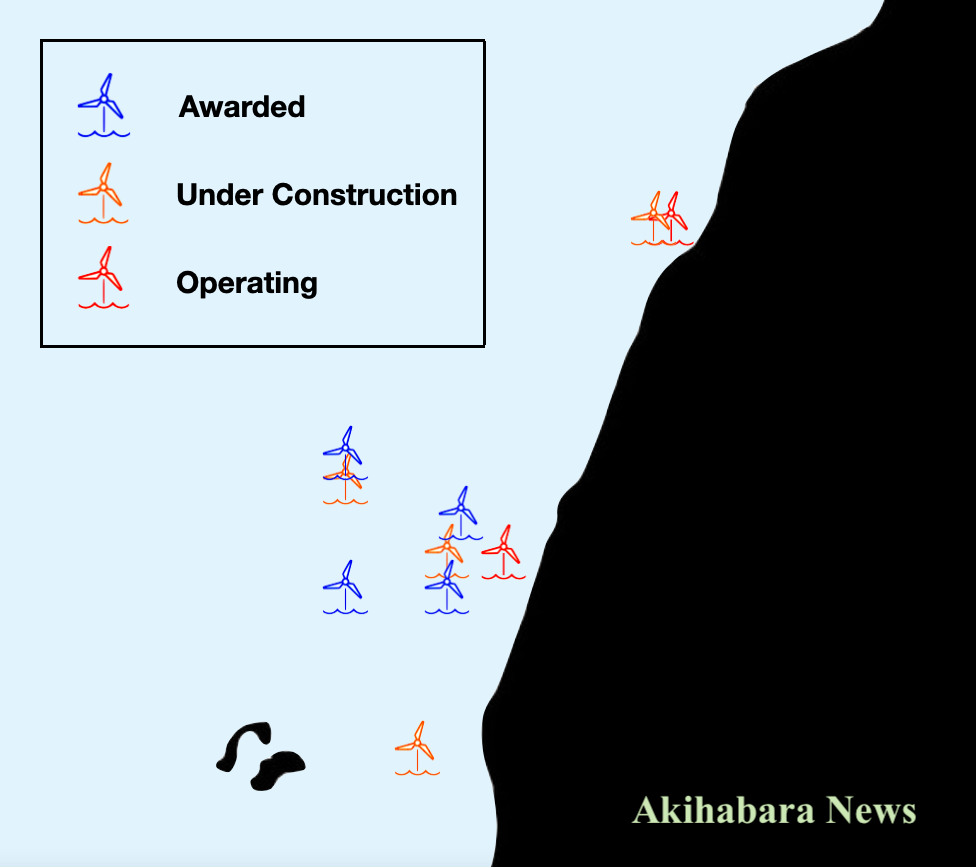Akihabara News (Tokyo) — The way the world works, shares, and conducts business is changing as the adoption of Web3 technology shows little signs of slowing.
California Governor Gavin Newsom signed an executive order earlier this year compelling the state’s businesses and government bodies to use blockchain technology, whose peer-to-peer caches of data are the cornerstone of Web3 philosophy and infrastructure.
Web3 is a collective term for a new era of the World Wide Web in which it will be built on decentralized technologies such as blockchain and cryptocurrency, and including other developments such as Artificial Intelligence (AI) and Virtual Reality (VR). It aims to be the successor to–and near antithesis of–the existing social media revolution in which vast quantities of information and power flow towards a handful of tech giants like Facebook and Google.
Proponents claim that Web3 will allow for a more secure, transparent, and intuitively-connected network that gives users full control of their online presence and data by storing it on the blockchain.
Other governments are quickly following California’s example.
Among them is Japan. The Ministry of Economy, Trade and Industry has created a Web3 Policy Office to aid domestic development of the technology. Their main aim is to prevent a loss of skilled labor as talented Japanese software developers go overseas.
Venture capital investment in various blockchain enterprises has been rising sharply–US$33 billion in 2021.
IT consultancy firm Accenture found that over half of all wealthy private investors in Asia are holding the Web3 medium of exchange–cryptocurrency–making it the fifth-largest asset class in the region. This figure is expected to grow rapidly.
Meta (Facebook) is among those investing heavily in the evolution of the online ecosystem. Of course, even the new name of the company reflects its goal of leading the tech industry into the “metaverse.”
The metaverse, which is often considered a synonym or closely adjacent to Web3, is a catchall term for a world in which users immerse themselves in the web through VR avatars.
Despite their ambitious pitch, the transition has been a difficult one for Meta. The company lost US$10 billion in 2021. Even still, CEO Mark Zuckerberg remains fully committed to the metaverse model.
Competitors, like Microsoft, have also begun work on similar projects.
According to Accenture, the burden of early adoption has also given the majority of traditional wealth managers and financial advisors in Asia cause for reticence about Web3 technology. Currently, these investors are keeping their client’s money away from such projects due to a poor understanding of the technology and volatility in the cryptocurrency market.
Nevertheless, most of the largest investment banks in the world now consider cryptocurrencies and Non-Fungible Tokens (NFTs), digital items stored and traded on the blockchain, as legitimate assets for investment.
JP Morgan, in a financial review of Web3 and metaverse opportunities, identified them as a potentially US$1 trillion per year ecosystem. The bank’s advice to businesses investigating Web3 is that “the asymmetrical risk of being left behind is worth the incremental investment needed to get started.”
Recent Metaverse Related Articles
Cryptocurrency’s Place in a Green Future
XELS Marries Blockchain with Carbon Reduction
Bank of Japan Preparing for Digital Yen
The post Web3 Momentum Grows appeared first on Akihabara News.
Source: Akihabara News – Web3 Momentum Grows

